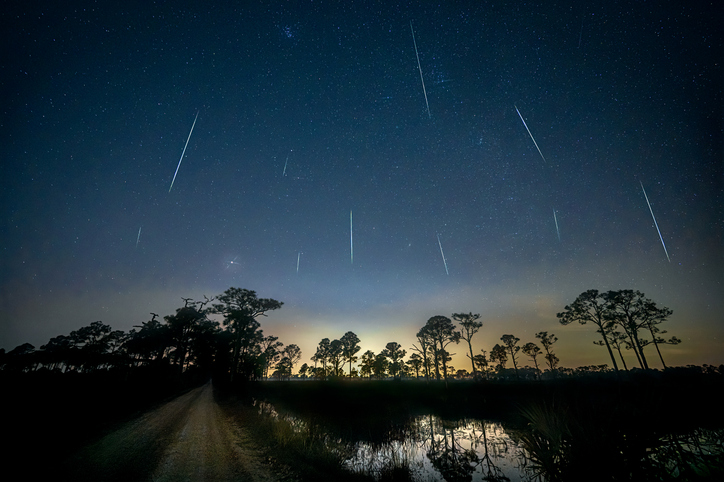World
The Geminids on FM: A Celestial Symphony You Can Hear – Radio World

With a full moon dimming December’s visual show, radio offers a unique way to tune in
The Geminids meteor shower peaks at the end of the week. This annual celestial display is one that space observers look forward to most — but did you know it has FM radio implications?
“With a nearly full moon coinciding with the Geminids this year, observing by radio might be the best way to track what they are doing,” Joe Rao, skywatching columnist for our sister publication Space.com, told Radio World. The shower peaks overnight Dec. 13–14.
While it’s quite difficult to observe in a metropolitan area, with a sensitive enough FM radio and an open frequency at your location, you can hear what the shower has to offer in audio form.
We often refer to these auditory bursts as “pings.” As an avid FM DX’er and a 19-year member of the Worldwide TV and FM DXing Association, I’ve observed thousands over my career. They typically encompass FM stations between 400 and 800 miles from your location.
The pings usually aren’t strong in signal strength and sometimes don’t even last a second. But if you’re fortunate, you can hear bursts known as “trains” that can exceed a minute in duration.

Here are a few techniques I recommend if you’re curious about hearing meteors on FM:
Technically speaking, meteors reflect radio waves much like the ionosphere propagates transmissions during sporadic-E openings, which occur most often in summer. When FM signals from Miami invade Long Island on a June afternoon, E-skip is the reason.
As Rao explained on Space.com, when a meteoroid vaporizes as it passes through the atmosphere, it briefly ionizes air molecules along its path. This process forms an expanding column or cylinder several miles long. These ions scatter and reflect radio waves. Because the ion trails disperse rapidly, the reflected waves generally last only a few seconds.
As early as the 1930s, it has been known that meteor showers have an impact on radio signal propagation. According to Rao, members of the Nippon Meteor Society in Japan during the 1970s, who made extensive records of radio meteors, noted only 20 to 40 percent of radio meteors were simultaneously observed visually.
At the peak of a shower like the Geminids, however, it’s not uncommon to observe up to 100 pings per hour on an open FM channel. Your local environment, including devices such as fluorescent lighting that increase your “noise floor,” can adversely impact optimal conditions for hearing pings.
You can follow along what I’m logging this week from New Jersey via my RabbitEars.Info FM autologger, identifying stations by RDS decode.
It’s a unique opportunity at the end of this week for listeners. Happy monitoring!










